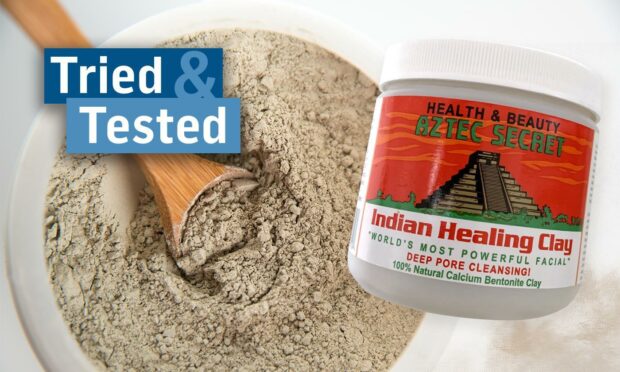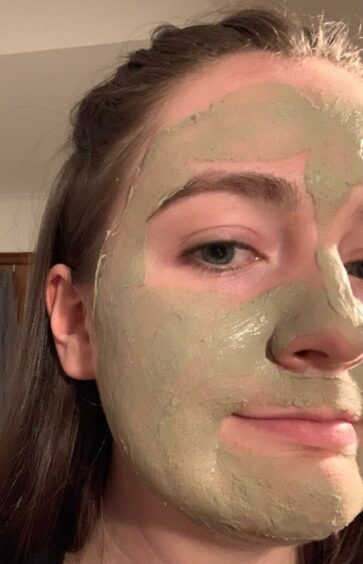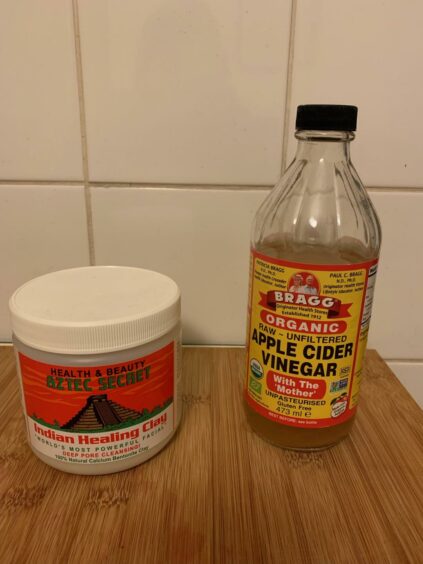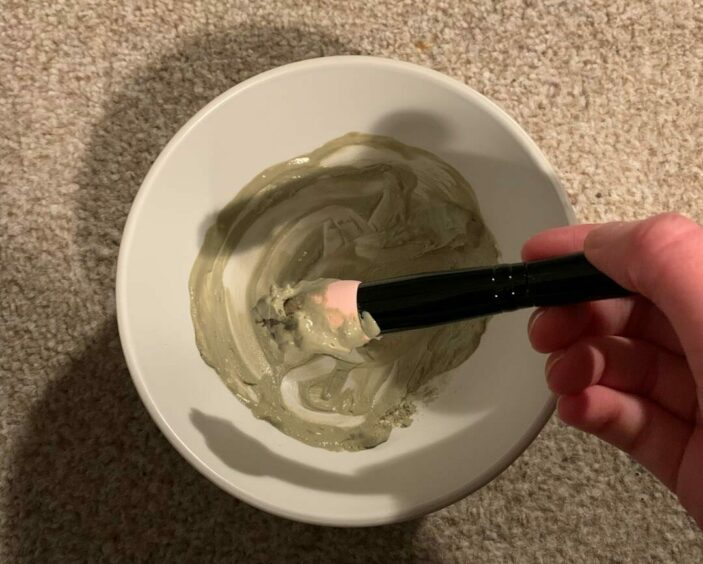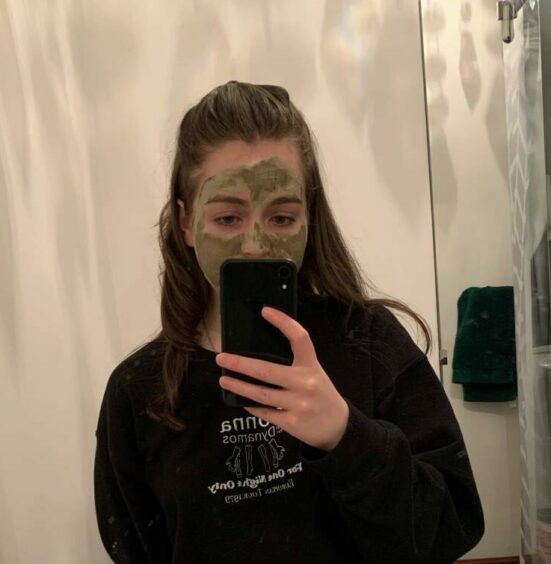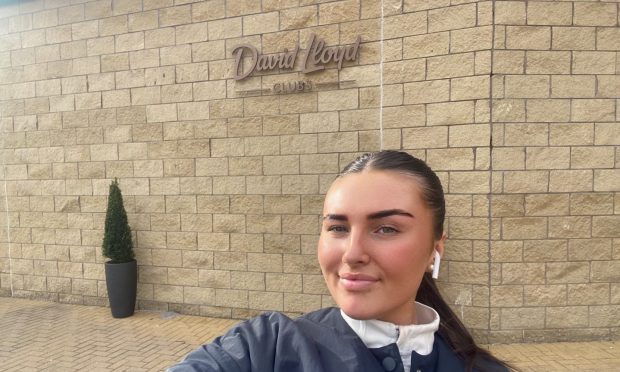As a teen, you’re promised any skin problems you have will disappear long before adulthood.
But as east coast Scots, the cold weather we encounter can lead to dry skin. And we all occasionally notice a spot or blemish we need a quick fix for.
This week I found a few marks around my face and a sore under-the-skin spot trying its best to break through to the surface on my jawline.
With weekend plans, I wanted them gone ASAP. But could the product dubbed “the world’s most powerful facial”, give my skin a super-boost?
After seeing it go viral online, I was immediately drawn to the Aztec Secret Indian Healing Clay’s promise to “deep pore cleanse” and to make my face “pulsate”.
I wasn’t sure what this would involve, but I was intrigued to try it out.
How does it work?
You mix the clay with equal parts raw apple cider vinegar or water. You must use a non-metal bowl and utensil for mixing, or it won’t work as well, according to the instructions.
I mixed in apple cider vinegar to create a paste, using a sponge to apply it to my face.
You should apply quite a thick layer – up to a quarter of an inch all over the face.
Then leave it on your skin for five to 10 minutes for delicate skin, or up to 20 minutes for non-sensitive skin.
At first, it feels just like any other face mask you might get in Superdrug or Poundland.
But as it starts to harden on your face, you really feel the difference. It pulls your skin tight and it might feel itchy in places.
After 20 minutes, wash off the mask with a wet face cloth. I patted the damp cloth into my skin before trying to remove the mask, so it came off with ease and I wasn’t trying to scrape dry flakes of the mask off my skin.
It takes a bit of work to remove, but once it’s off, your skin feels clean and fresh. It’s almost a relief.
Your face will likely be noticeably red, but this should die down within half an hour, if not less.
You can repeat the process once a week, or more frequently for “problem” skin.
Does the mask work?
My skin felt incredible after using the mask. It really did feel like all the bad stuff had been sucked out of my face.
I was expecting my under-the-skin spot to come to a head the next day, but it didn’t.
However, it wasn’t sore the next morning and I could barely find where it had been, which I’ll take as a good sign.
Overall, I would recommend this beauty product to anyone who doesn’t have sensitive skin, who can put up with 20 minutes of mild discomfort and wants to treat themselves to a really vigorous facial.
